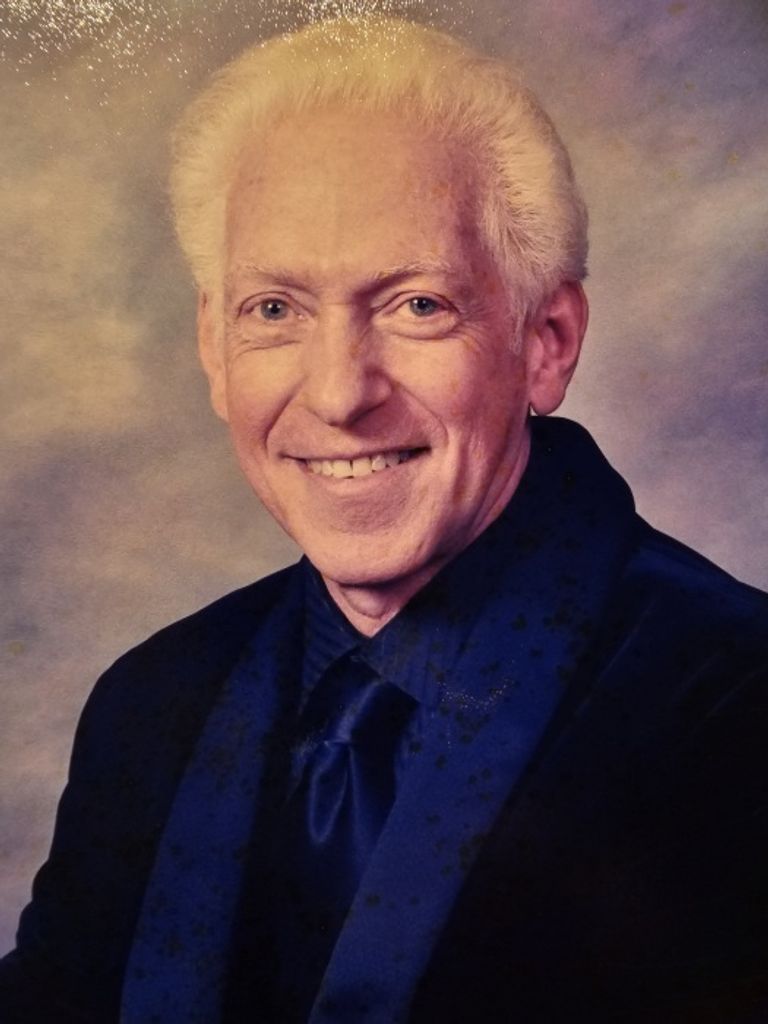Obituary
Phillip Ratner, a world-renowned sculptor and artist whose works included themes of Judaism, the Hebrew Bible, and the immigrant experience, died on November 9, 2023, at his home in Bethesda, MD. His artwork has been displayed and celebrated for decades. He was 86 years old.
A native of Washington, D.C., Phillip Joel Ratner was the son and oldest child of Meyer and Anne Ratner. His grandparents on both sides emigrated to the United States from Ukraine at the turn of the last century.
Phil Ratner's artistic temperament and talent first attracted notice when he was a student at Calvin Coolidge Senior High School. Ratner painted a portrait of the school's namesake. It hung in the front hall of the school for many years.
He went on to study at the Pratt Institute of Art in New York City, where he earned a bachelor's degree in Commercial Art and Design. Ratner continued his studies at American University in Washington, where he earned a master's degree in Art History. While studying at AU, he also taught classes and launched his art career.
Ratner's first full-time teaching position was at Anacostia Senior High School in Southeast Washington, where he spent 20 years. He later taught at the Charles E. Smith Jewish Day School in Rockville before becoming a fulltime artist in the early 1980s.
One of his favorite exhibitions was at the Anacostia Museum, part of the Smithsonian, and he received commissions for his artwork at synagogues around the Washington area and the U.S. Supreme Court. His bust of the Warren Court remains on display outside the court's cafeteria. While working on the commission, Ratner became a friend of—and a sculpture teacher for—Chief Justice Warren E. Burger. Ratner's later patrons included two well-known Washington developers and civic leaders—Charles E. Smith and Abe Pollin.
Ratner's work has been displayed in Italy, the U.K., Israel, and all over the United States. For over 60 years, his art has been exhibited at more than 30 public and private institutions. The White House, the Vatican, and the United States Military Academy at West Point are among the many institutions that include Ratner's work as part of their permanent collection.
Ratner may be best known for the five bronzes that stand at the base of the Statue of Liberty and a collection of over 30 sculptures at nearby Ellis Island that depict the story of immigration. This display was one of his proudest accomplishments.
All four of Ratner's grandparents entered the United States via Ellis Island. One Ratner piece evokes his grandfather, Moses Ratner, as an immigrant coming through customs while carrying a violin. Moses was a violinist who co-founded the National Symphony Orchestra.
Phil Ratner was raised in Northwest Washington. As a 14-year-old, he sold women's shoes in a downtown Washington store, and later helped put himself through Pratt Institute by selling fashion footwear in Manhattan. In later life, he would often say, semi-seriously, that selling shoes was his greatest talent.
Ratner's children recall the speed at which he brought his works to fruition. Whether he was forging a sculpture in bronze or painting in oils, he would channel his feverish exuberance into a finished work. Ratner also worked in polyform, stained glass, acrylics and etched glass, in addition to providing intricate designs for both tapestries and gold jewelry. He also invented an art form that he called "Philography"—a print technique used to make lithographs.
After completing his work on Ellis Island, Ratner began to realize a lifelong dream—to build a body of work based on the personalities and stories of the Hebrew Bible and to place it in Israel.
In 1984, Ratner met and married his wife, Ellen. That same year, the Ratners moved to Israel. A year later, they opened the Israel Bible Museum in an ancient Turkish palace in Safed.
The Ratners lived in Safed and ran the museum for the next ten years. The museum collection was relocated to the City Museum of Be-er Sheva, where the collection now resides.
The Ratners moved back to the United States in the mid-1990s when cousin, Dennis Ratner, convinced him to work jointly to establish and operate a similar museum focusing on Ratner's work in Bethesda, MD.
The Dennis and Phillip Ratner Museum opened in 2001. The museum houses a permanent display of his Old Testament-themed art, as well as his version of classical characters from children's literature. The cousins' intention was for this to be a gift to the Washington-area community.
By his own admission, Ratner could be a highly idiosyncratic individual. He destained formal attire, always wore black, and his diet consisted primarily of cheesecake, Caesar salad, and Coca Cola. He disliked sports, had an aversion to credit cards and wondered why anyone would ever invest in the stock market.
More than anything else, Phil Ratner loved to see his art possessed by others. "He always used to say that Michelangelo didn't make art to make art. He made art to belong to people," said a grandson, Eli Judge.
In addition to his wife, Phil Ratner is survived by his children Hal Ratner (Jeanine Magill), Sari Ratner Judge (Mike), Marni Ratner, Jennifer Ratner-Rosenhagen (Ulrich), grandchildren Eli, Caleb, Hope, Amelie, Noah, Leo, Gabriel, Charlie and Jonah, brother Harvey Ratner (Carole), sisters Arlene Engle (Stuart) and Carol Miles (Keith Villere), cousins Dennis Ratner (Julie), Douglas Gelfeld (Carole), Ellen Newman (Leon), Carol Rosenberg (Hyman), Larry Bennett, Neil Simon (Natalie), Annette Simon and many nieces and nephews. He is also survived by his former wife and mother of his children, Miriam Lavine Ratner.
Services
Temple Service

B'nai Israel Congregation
Starts at 12:30 pm
Phillip Joel Ratner's Guestbook
Visits: 30
This site is protected by reCAPTCHA and the
Google Privacy Policy and Terms of Service apply.
Service map data © OpenStreetMap contributors
